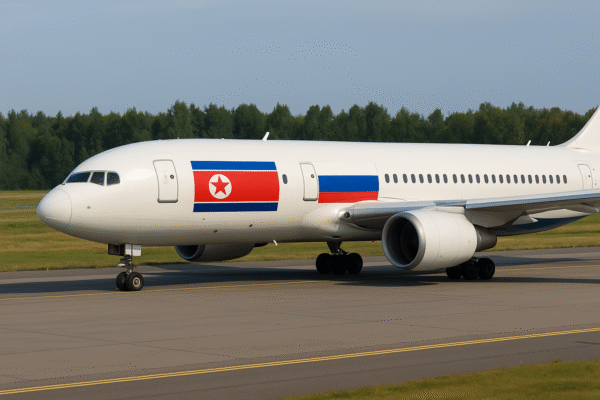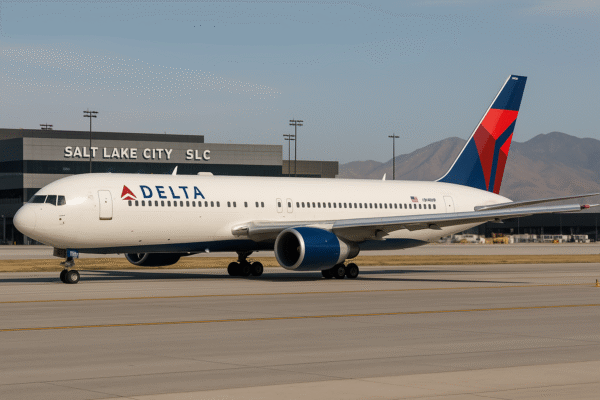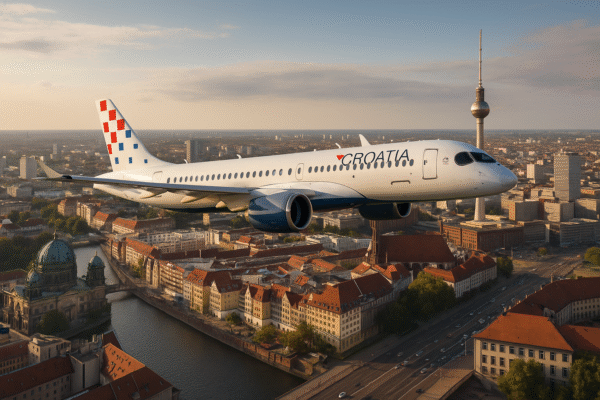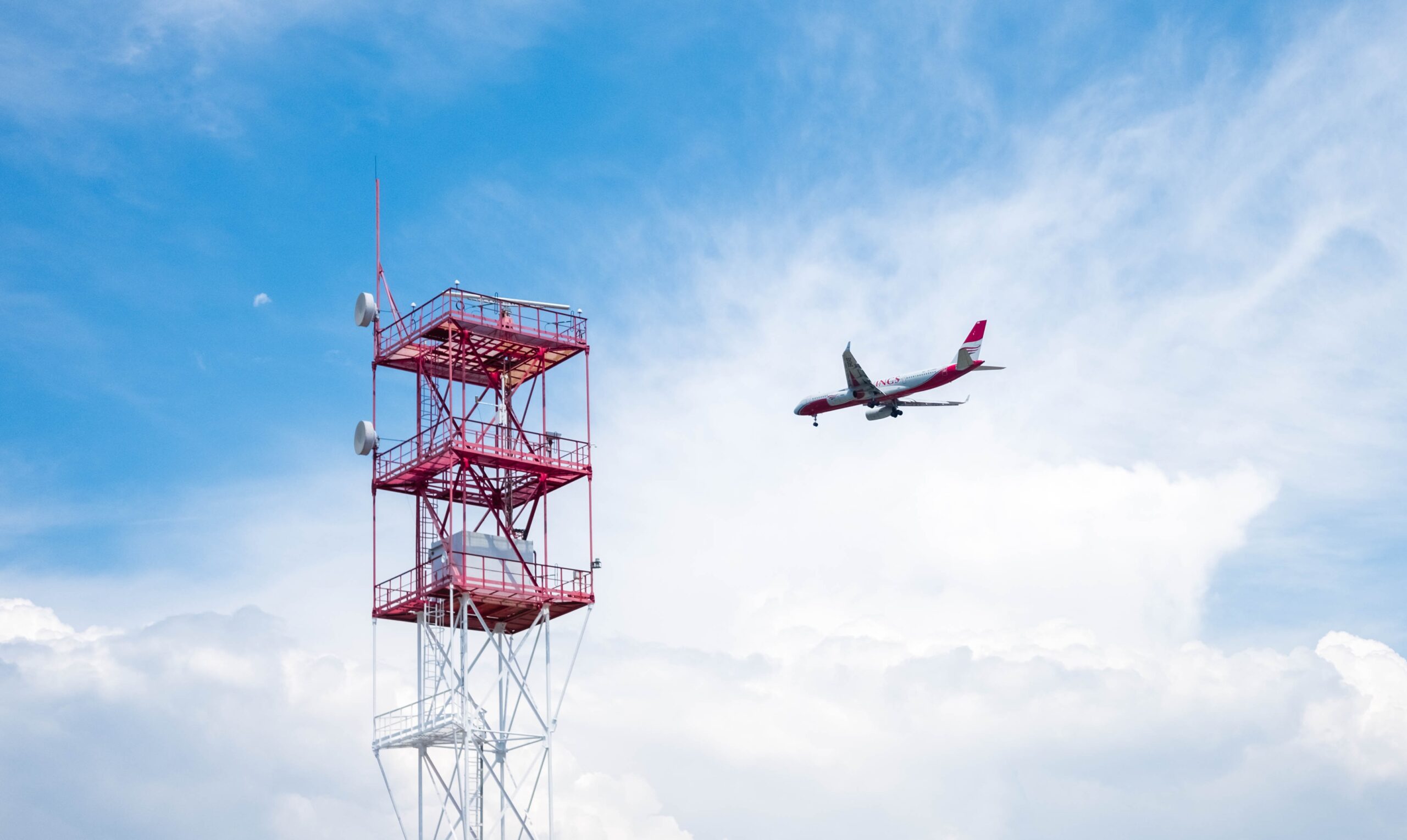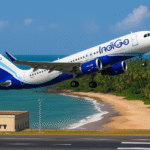Vietnam Airlines Charts a New Course with Independent Cargo Airline Launch Set for 2026
Vietnam Airlines is set to revolutionize its business model by launching an independent cargo airline by 2026, marking a strategic pivot into the high-growth air freight sector. The national flag carrier’s ambitious plan, announced at its shareholder meeting on June 25, 2025, signals a long-term commitment to logistics and supply chain integration, bolstered by the global surge in e-commerce and trade activity across Southeast Asia.
The decision to create a standalone freight division highlights Vietnam Airlines’ intent to diversify beyond passenger services and solidify its position as a leading player in both aviation and cargo logistics.
Freight Fuels Vietnam Airlines’ Financial Resurgence
Cargo is no longer a sideline for Vietnam Airlines. In Q2 of 2025, air freight accounted for 65% of the airline’s total revenue, contributing to a pre-tax profit of 1 trillion Vietnamese dong (approximately USD 40.8 million). As passenger operations continue recovering post-pandemic, the airline’s freight business has surged to the forefront of profitability.
Forecasts suggest that Vietnam Airlines could reach a record 4 trillion dong (around USD 153 million) in pre-tax profits by mid-2025, with cargo revenue leading the charge. This financial success is prompting the airline to institutionalize cargo operations through a dedicated, independently operated freight airline.
A321 Freighters to Lead Operational Rollout
To expedite the rollout of its cargo division, Vietnam Airlines will convert several Airbus A321 passenger aircraft into freighters under a P2F (passenger-to-freighter) modification program. These conversions are scheduled for completion by the end of 2025 and will serve as the backbone of the new airline’s regional operations in 2026.
The use of narrowbody aircraft like the A321 offers operational flexibility, especially on high-frequency regional routes across Southeast Asia. These aircraft are ideal for short-haul logistics, offering fast turnaround times and efficient load handling, particularly for high-volume e-commerce shipments.
In tandem, the airline also plans to lease dedicated widebody freighters to scale international operations. This dual strategy of converting existing assets and leasing aircraft enables the airline to minimize capital expenditure while rapidly expanding cargo capacity.
Strategic Hubs: Long Thành and Gia Bình Airports
A vital component of Vietnam Airlines’ cargo expansion is the development of two new logistics hubs—Long Thành Airport (near Ho Chi Minh City) and Gia Bình Airport (outside Hanoi). These airports are being transformed into state-of-the-art cargo terminals and logistics centers capable of supporting end-to-end freight operations, including warehousing, sorting, and last-mile delivery integration.
Long Thành, with its proximity to Vietnam’s industrial southern belt, and Gia Bình, serving the northern manufacturing corridor, will play pivotal roles in optimizing the airline’s domestic and international logistics footprint. These hubs are expected to rival major Southeast Asian cargo centers like Bangkok Suvarnabhumi, Kuala Lumpur International, and Singapore Changi in both capacity and efficiency.
Responding to Global Trends in Freight and E-Commerce
The global air cargo market is experiencing a significant shift. With supply chains realigning post-pandemic and e-commerce driving continuous demand, especially in Asia-Pacific, air freight has become an essential pillar of international trade.
Vietnam is increasingly being viewed as a manufacturing and logistics alternative to China, particularly for electronics, textiles, and high-value consumer goods. This macroeconomic trend positions Vietnam Airlines to capitalize on rising export volumes and growing regional logistics needs.
By entering the cargo sector with dedicated assets, Vietnam Airlines aims to establish itself not only as a transporter but also as a supply chain facilitator, offering integrated logistics services to businesses across Asia and beyond.
Competitive Positioning in the Cargo Airline Market
Vietnam Airlines joins the ranks of regional players such as IndiGo and AirAsia, who have launched dedicated cargo units in response to freight demand. Unlike its competitors, Vietnam Airlines is combining domestic airport infrastructure development with aircraft fleet optimization and digital logistics tools.
While details of the airline’s upcoming freighter leasing deals are still under wraps, the initial focus on narrowbody aircraft illustrates a measured approach. This allows the airline to build brand recognition, operational knowledge, and route profitability before scaling into long-haul widebody freighter operations.
Embracing Innovation and Digital Logistics
Looking ahead, Vietnam Airlines is also expected to integrate digital cargo booking, real-time shipment tracking, and AI-powered load optimization into its new division. These innovations aim to enhance transparency, reduce shipment times, and streamline operations—key differentiators in a competitive global logistics landscape.
As the airline progresses toward its 2026 cargo debut, partnerships with regional logistics firms, e-commerce platforms, and global supply chain stakeholders will be critical in shaping its competitive edge.
A Bold Leap into the Future
While passenger services remain an essential part of Vietnam Airlines’ portfolio, the upcoming launch of a standalone cargo airline marks a transformative era for the company. By aligning itself with evolving global trade demands and investing in logistics infrastructure, the airline is preparing to become a cornerstone of Southeast Asia’s air cargo ecosystem.
With freight operations set to begin as early as next year through converted A321s and full-scale launch in 2026, Vietnam Airlines is poised to rise as a powerful logistics player, supporting Vietnam’s ambitions to be a global export and transport hub.
As the aviation industry continues to redefine itself in a post-pandemic world, Vietnam Airlines’ strategic pivot could serve as a blueprint for other national carriers seeking sustainable, diversified growth.
For more travel news like this, keep reading Global Travel Wire



